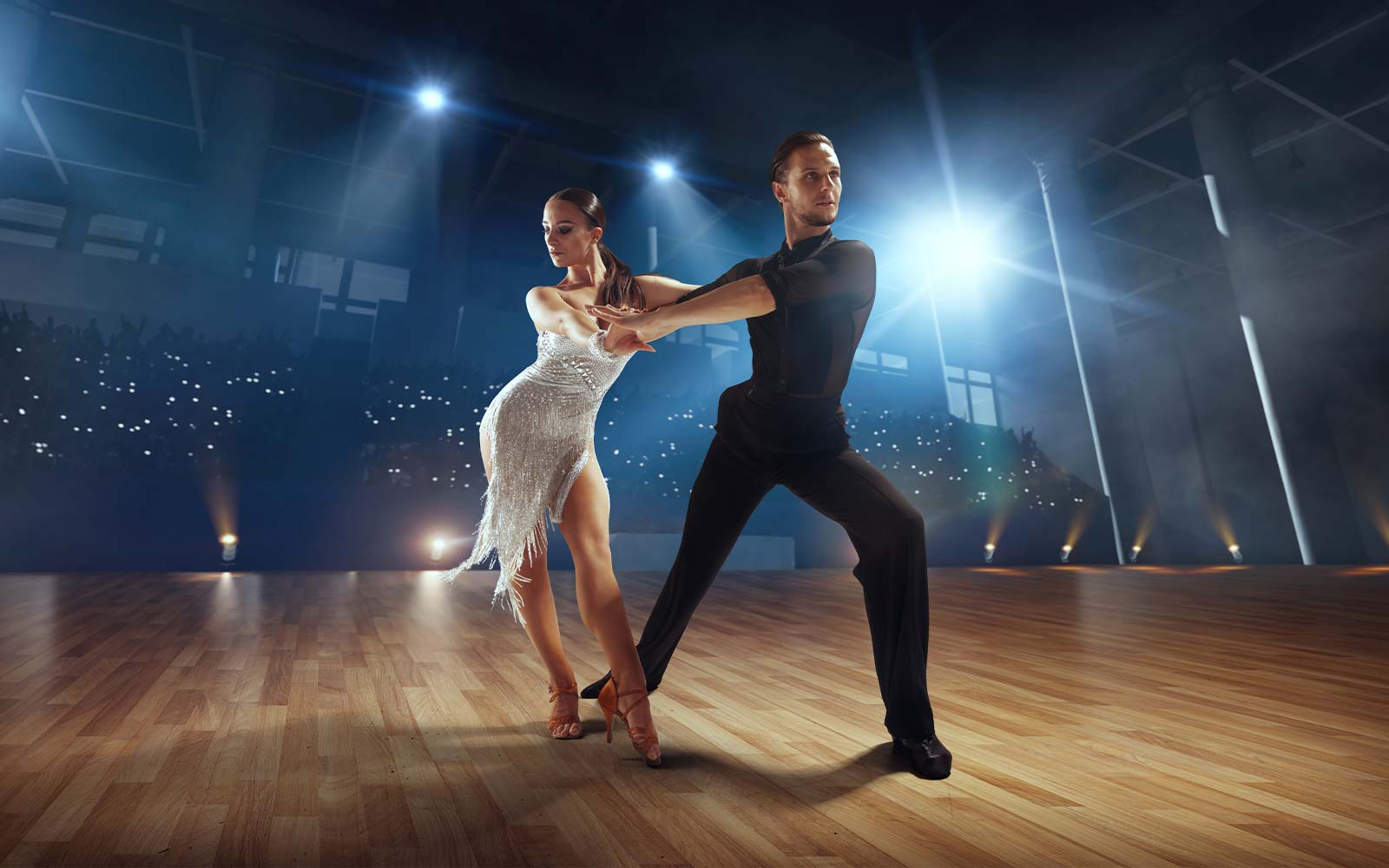Last week, a student asked me, “Does dancing ever become effortless?” It was a great question, because the answer is not as simple as it might seem.
Dancing is a physical activity. It involves the use of muscles and various forms of energy. It also involves mental awareness. This is why it consistently shows up in medical studies as being the best way to stay young and mentally healthy. In that sense, it can never, and should never be effortless. Truly effortless dancing would be boring to watch, just as it would be boring to experience a singer or musician who put no effort into their performance. But the kind of effort changes over time as dancers progress in their skill.
When we watch a world champion, it can seem, especially to someone new to dancing, that their movement is effortless. They certainly make it look that way. And they typically create volume in their dancing that seems impossible given the amount of effort they appear to be using. A top dancer has mastered the use of natural forces, allowing them to move more with less physical effort, but that doesn’t mean their dancing is effortless. Far from it! They are putting effort into many aspects of their performance that you can’t actually see unless you are also a highly trained dancer. That’s why it is so important that ballroom dance judges are qualified through extensive experience as dancers.
A good way to think about it is to consider the simple act of walking down the street. Is it effortless? Not exactly, but unless you’re power walking, the amount of effort seems pretty minimal. You’ve walked your whole life and as a result you’ve learned how to minimize the effort involved. If you hadn’t, you would get completely exhausted after a couple of blocks. You learned, over time, how to use the muscles in your legs in the most efficient way, while avoiding the use of your upper body, with the exception of how your opposite arm moves to help counter balance your weight distribution.
Now imagine if you walked while adding unnecessary muscles while you were walking. Imagine tightening up your rib cage, applying back muscles, tightening the abs and neck while you were walking. You wouldn’t walk any further than you normally would. But you would quickly be drained. It wouldn’t make any sense. The good news is that your body figured all those things out a long, long time ago, before you even started school!
The good news is that your body figured all those things out a long, long time ago, before you even started school!
Dancing is pretty much the same. When we first learn to dance, we are thinking about a whole bunch of details. Where to place the feet. Which part of the foot to use. When to turn our bodies. Where to look. When to move. When not to move. Added on top of all that is trying to do it to a musical count. And with a partner. It can seem overwhelming to someone learning for the very first time!
So at first it’s pretty natural that we put in way more effort than we need to. We are learning to use new muscles we didn’t even know we had. Combined with that is the mental effort of trying to connect all the parts of dancing.
Over time, the effort changes. I’m not going to say it diminishes. It changes. Once we know where the feet go, we don’t have to think about that anymore. But there are still things to think about. Plenty of them.
We become more aware of our partner and what they need to feel from us so that we move more efficiently as a couple. We put effort into how we shape our arms and how we use our head weight. We begin to understand how to use natural forces like gravity and centrifugal or centripetal energy to make the movement larger with less effort. We become more aware of the floor space and where other dancers are so that we can make changes as needed to our planned movements.
Eventually we start to notice other things, like which foot our partner is on. We think about what our hands and fingers are doing. For dancers who perform, we start to put effort into how and where we project energy, facial expressions, and how the lines of our bodies are aligned for the most pleasing visual impact. All of these things are still considered effort, but the effort is different.
Eventually even some of these things become second nature. But that doesn’t mean the effort goes away.
Our focus changes to details like the music. We gain a deeper awareness of musicality. Where the musical phrases are. Which phrase we are on. We begin to notice other parts of the music beyond the basic rhythm. The vocals. We start to hear instruments that previously went unnoticed. We begin to think about how we can use movement and emphasis in our dancing to bring out details in the music that others might not even realize are there, helping our dancing to stand out from others.
In short, there should always be effort in dancing. But how we apply that effort changes over time with experience and practice.














